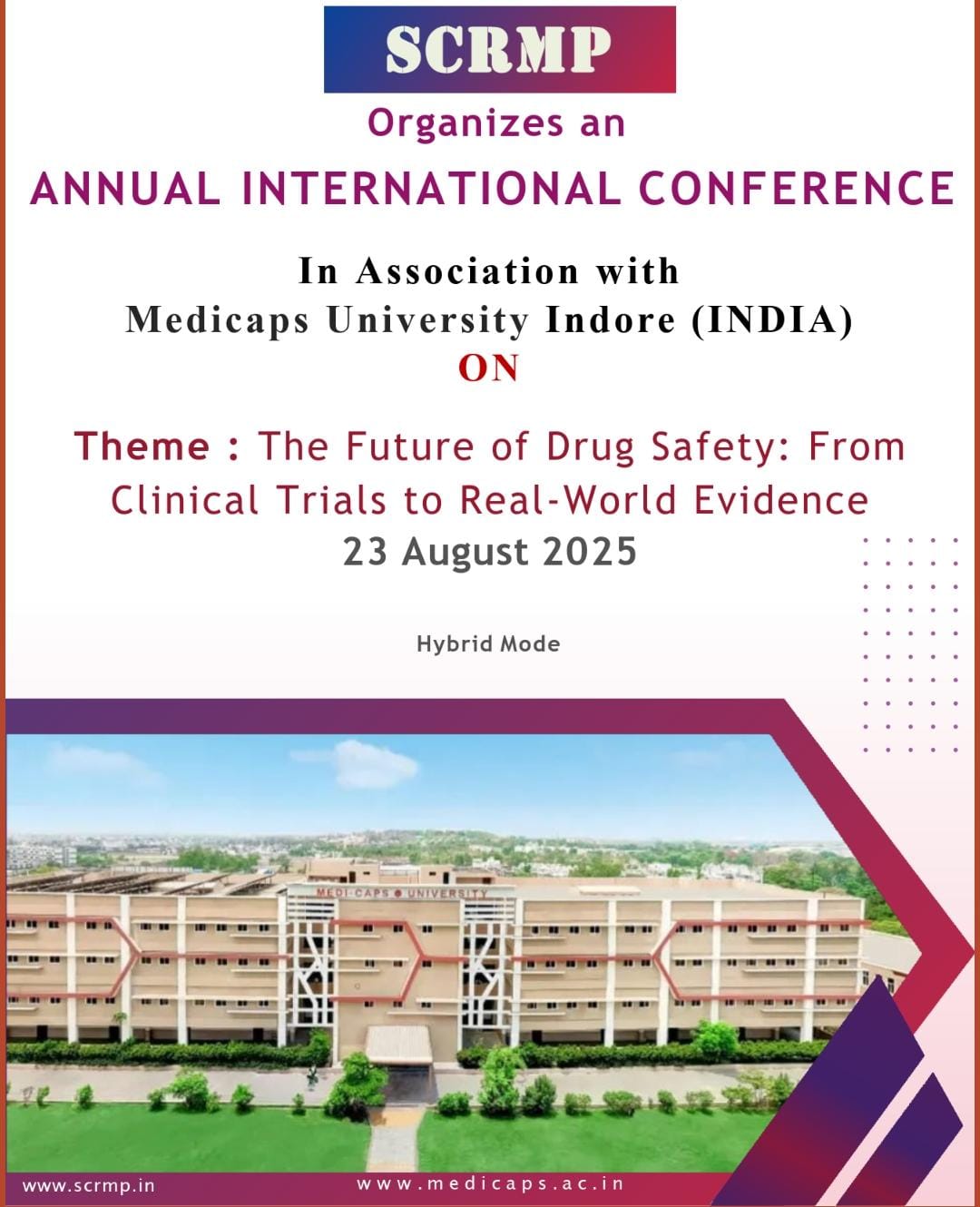Gene Sequencing Fulfills Multiple Needs
March 10, 2009 | Tuesday | News
Gene
Sequencing Fulfills Multiple Needs
Sequencing technology
has intensified the mapping of human genome and brings humanity closer
to understand the molecular mechanisms of life. Years after the
introduction of the first gene sequencer, gene sequencing technology
has played a vital role in enhancing modern molecular research.
The completion of the Human Genome Project (HGP) marked the end of
‘the first half of genetics’. Armed with a
reference sequence of 3.2 billion bases of DNA, the scientific
community has at its fingertips a priceless resource that could change
the face of biomedical research and medicine.
The free availability of reference sequence raised a host of crucial
questions like, what genetic variations are associated with evolution
of mankind? Which genes are associated with complex genetic diseases?
What does genetic variation tells us about ethnic susceptibility to
drugs and diseases? What is the function of the vast stretches of
non-coding or junk DNA? The scientific community across the world
quickly realized the need for a paradigm shift in DNA sequencing
technology to address these and many other questions. After all, by
most estimates, the HGP consumed 13 years and $2.7 billion to map the
human genome. It was impossible to reproduce these efforts every time
when scientists make an attempt to solve the most complex puzzles in
medical science; unless it can be done much faster at really affordable
cost without compromising the accuracy.
Next
generation sequencers
Predictably, the entry of next generation sequencers will have a
significant impact in the market. However, the ability of these
platforms to enable novel sequencing applications apart from de novo
sequencing remains to be seen. Therefore at least for the next few
years, market dynamics in the context of technology development is much
less predictable. It would be reasonable to expect further
fragmentation of the market, with ultra high-throughput technologies
competing to become the de facto sequencing standard.
Roche/454’s Pyrosequencing-based GS 20, AB’s solid
platform based on sequencing by oligos ligation and detection
technique, and Illumina/Solexa’s Illumina genome analyzer
platform are the three most highly successful products in this space in
India.
In India, DNA sequencing technology is well-adopted and employed in
almost all the areas of life science research. Being the inventor of
the first automated DNA sequencer, Applied Biosystems (AB) dominates
the Indian market with its market share thought to exceed 90 percent
followed by other players like GE, Amersham, Beckman and Licor. |
A mighty technology
The DNA and protein sequencing technology has revolutionized
genomics by allowing rapid automated sequencing of genes.
Development in DNA sequencing technology has provided
unprecedented insight into the entire collection of genome transcribed
sequences. Without this technology, the progress that led to the
biotechnological production of enzymes, active agents as well as
antigens for vaccines would not have been possible. The introduction of
gene sequencer has extensively accelerated the pace of biological
research and various discoveries. The quick pace of sequencing is
achieved by employing sophisticated modern DNA sequencing
technology. The technology has helped scientists to generate
the complete DNA sequences of many plants, animals and microbial
genomes across the globe. The success of the human genome project has
led to rapid advances in the life science industry.
DNA sequencing technology has shown promising results in treating
pathogenic infections such as HIV and hepatitis virus, as well as other
ailments; and is also gaining prominence as it offers a ray of hope for
those afflicted with genetic disorders. The extensive data from protein
and DNA sequencing experiments have provided scientists with a wealth
of information that forms the basis for the investigation of cellular
processes. Towards the end of their research and development efforts,
pharmaceutical companies seek to deliver safe and efficient molecules.
With tremendous technological developments happening in protein and DNA
sequencing, pharmacogenomic approaches have benefited from the
availability of the human protein sequence, which provides clues to
describe genetic networks and may ultimately initiate new ways of
developing compounds. The availability of the human protein sequence,
together with the pharmacogenomic and pharmacogenetic approaches, is
expected to contribute to a better selection with a faster development
of safer and more effective drugs.
Genesis of technology
The genomics revolution that reached its peak point owes its very
existence to two men. The first is Frederick Sanger, who in 1977
developed the method for DNA sequencing. The second is Leroy Hood, who
with colleagues Michael Hunkapiller and Lloyd Smith, at the California
Institute of Technology (Caltech) in 1986 developed the key technology
behind the DNA sequencing machines and the reagents needed to run them.
The DNA sequencing machines are now marketed by Applied BioSystems.
Sanger’s enzymatic approach relies on specially modified
reagents (2’,3’-dideoxynucleotide triphosphates)
whose incorporation into a growing DNA strand terminates the extension
reaction. The method calls for extending a primer-template pair in the
presence of a radioactive marker and, in four parallel reactions,
either dideoxy-A, dideoxy-C, dideoxy-G, or dideoxy-T. The resulting
products can then be resolved on a high-resolution polyacrylamide gel
to produce a four-lane-wide ladder that reveals the
template’s sequence. Brilliantly inventive, the technique is
also laborious, producing a few hundred or perhaps a thousand bases at
a time, which then have to be read by hand.
Hood’s invention, the automated DNA sequencer, simplified the
process of sequencing developed by Sanger by replacing the radioactive
marker with safer fluorescent ones. That first system, marketed by
Applied Biosystems could produce 4,800 bases of sequence per
day. Today, some companies still market systems based on this
design. But the polyacrylamide gel of Hood’s first foray for
the most part has been replaced by arrays of tiny capillaries, each of
which acts as a lane from an old-style gel.
Technological development
The general methodology has changed relatively little since the
introduction of the first protein sequencer. However the use of
automated equipment to perform multiple cycles has greatly improved the
efficacy of sequencing. Automated protein sequencing is
considered as a major development in the field of
biotechnology. Optimization has allowed the determination of extended
sequences of very low abundance proteins. Much effort in recent years
has been devoted to improve the sensitivity of protein sequencers by
using new, highly sensitive methods for identifying amino acids. A
large number of upgraded, automated and sensitive DNA sequencing
machines continue to enter the market at a much cheaper cost.
Over the last decade significant improvements have been made to DNA
sequencing technology. Some of these landmark improvements include
shifting from radioactively labeled nucleotides to more safe
fluorescent dye labels as well as the move from slab gels to capillary
electrophoresis (CE) based analysis.
Even entry-level DNA sequencing platforms currently available in the
market completely automate all the sequencing tasks that were
time-consuming and laborious. The processes like filling the capillary
with gel, sample injection, electrophoresis, real-time detection of
labeled DNA strands and converting raw data into analyzed data are now
automated. This allows researchers to focus on discovery instead of
spending time on the technique itself and downstream data analysis.
Further advancements include increased throughput, widely accepted
standards for internationally acceptable data and significant reduction
in ‘per sample’ cost. These advancements have
resulted in the development of increasingly versatile applications,
genotyping, SSCP and methylation studies to name a few. The development
of more efficient and easy-to-use consumables and efficient sample
preparation kits are now a focus area for all the major players in the
market.
Jahanara Parveen









